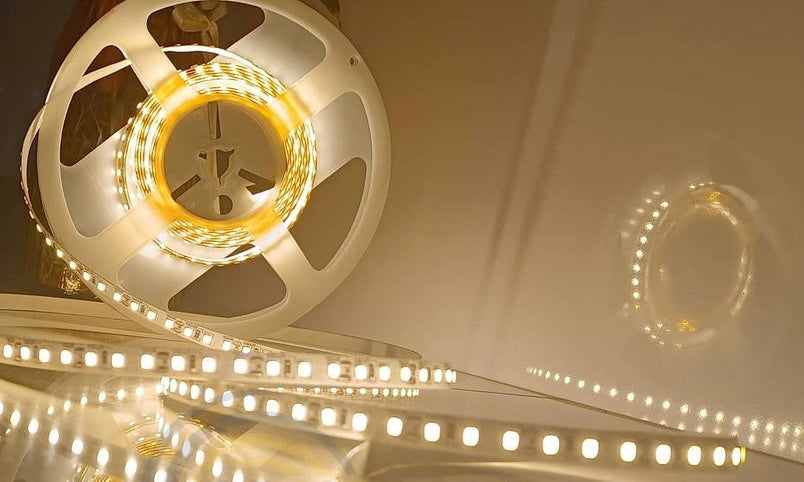How to fix your LED light strip
LED strips have become a boom in LED lighting. The variety of colors and the feature that it can be cut to any length enable the LED light strip to form a decorative atmosphere lighting. In addition, flexible LED light strips can be bent, there are a variety of wattages to choose from, and they are more energy-efficient than other types of lighting, so LED light strips can also be installed on ceilings and corners as basic lighting.
When some of the lamp beads of the LED light strip do not emit light, people usually do not replace all the lamp strips like changing the light bulb, which is wasteful. What would you do? Looking for a professional maintenance worker? Read the following guide, you can easily repair the LED strip by yourself.
Step 1: Find the faulty area.
Check for any visible loose connections, make sure all of your connectors and wires are in place and have not fallen out.
Adjust the mode of the light strip to all light beads and run a loop in the available colors of the thread until the problem is found. You will find that a particular color is not bright in a given part.Use a marker to mark the faulty part.
Step 2:Cut the damaged area
After turning off the power, use scissors to cut the marked part at the connection point.
Step 3:Reconnect strips that have already been cut
If you don’t have new light strips, you can use a soldering iron to connect the light strip, the steps are as follows.
- Solder the LED strip to the LED gasket.
- Solder the wires to the LED gasket. Add a small piece of solder to each pad on the circuit board.
- Add heat shrink tubing.
You can also use an connector to reconnect.If you have new strips,you can pick one end of the remaining LED strip and slide into one side of the RGB tape to tape the connector. Then take one side of the new strip and do the same with the other side of the connector.
Repeat this step with all the loose parts of the LED strip until you get your desired length. Instead of an RGB tape to tape connector, you can solder the LEDs on every end to make the connection.
Step 4:Test Your Connection
After joining, plug the strip back to the power source and test if it works well.

 English
English Spanish
Spanish German
German French
French
